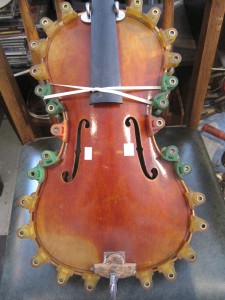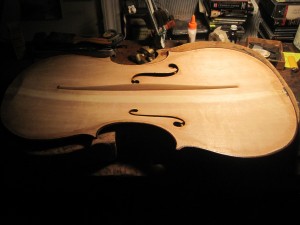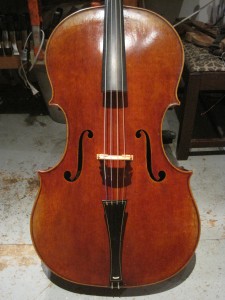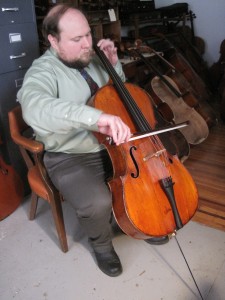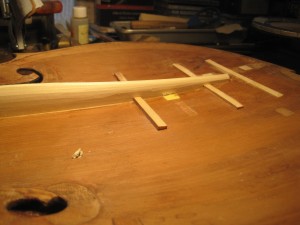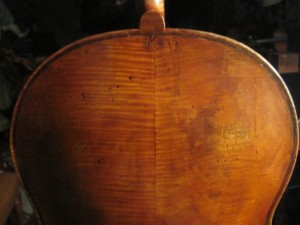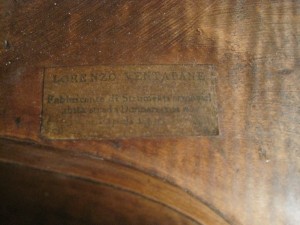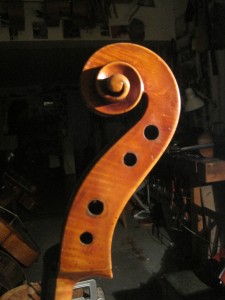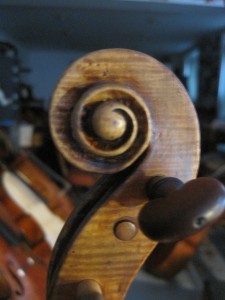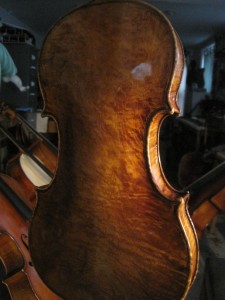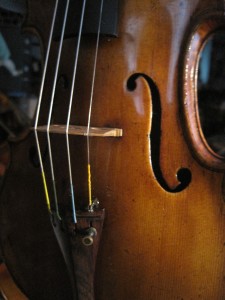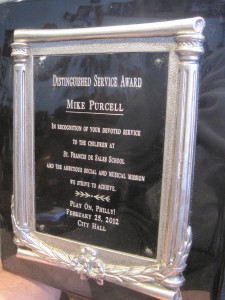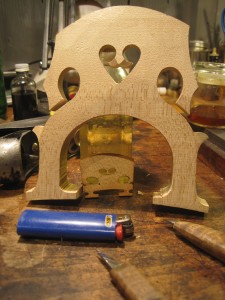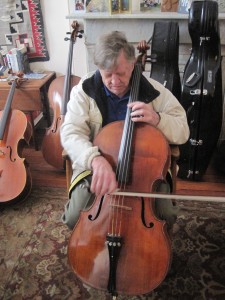Not everyone shows up for a soundpost adjustment on a motorcycle carrying 2 violas!…especially members of the Philadelphia Orchestra – but David Nicastro does.
Its always a great journey working with a great player on a great instrument. David plays a modern viola by Westerlund of Sweden and is considering a smaller viola by the same maker.
Getting the position and tension of the post just right to give the right balance of punch and warmth is often a matter of the tiniest movements – with the search ranging over just a few millimetres of surface area of post movement inside the instrument- great changes happen that often get an immediate response from the player…sadly, with demanding players its usually not ideal.
This adjusting session happened over 2 days – eventually you get fatigued and can no longer hear and judge clearly. Eventually, (with some subtle bridge and tailpiece adjustments as well) we got it just right… and the viola sounded big, warm and fully resonant (all in a size just under 16″….life is good!)
It all happened just in time for David to decide to take the newer,smaller one on the Orchestra’s tour to the Far East…..and he sped off into the distance with the viola slung over his shoulder.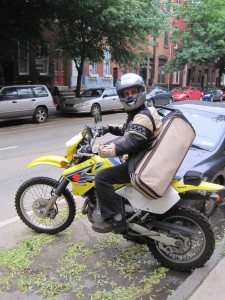
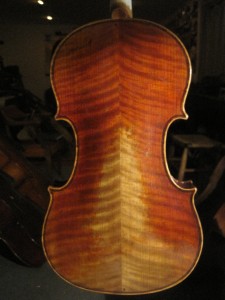
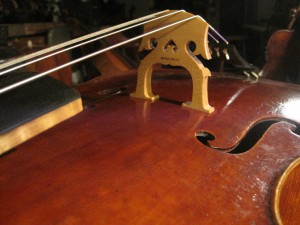 Since the closing of Moennig’s in late 2009 my partner/colleague Dick Donovan and I have been offering Haide instruments to clients all over the spectrum of the string playing world. They are made in China under the guidance and supervision of an American violinmaker
Since the closing of Moennig’s in late 2009 my partner/colleague Dick Donovan and I have been offering Haide instruments to clients all over the spectrum of the string playing world. They are made in China under the guidance and supervision of an American violinmaker